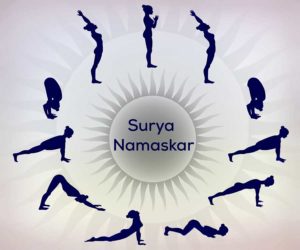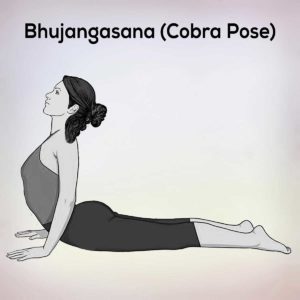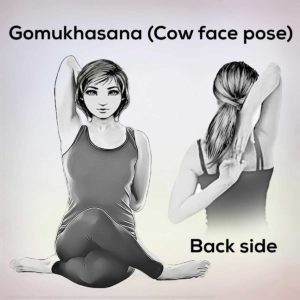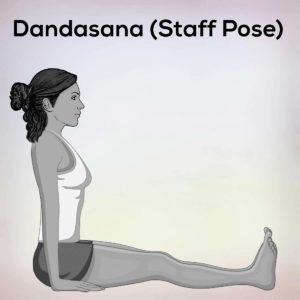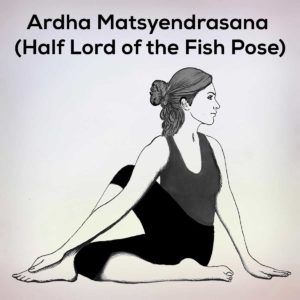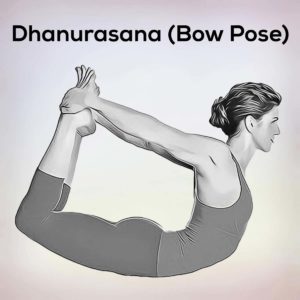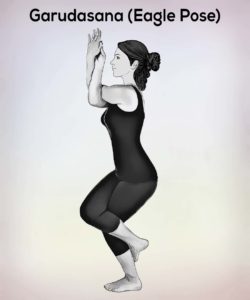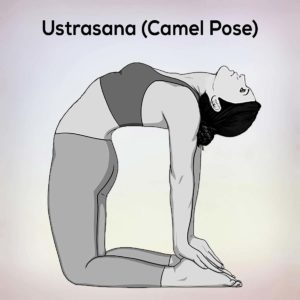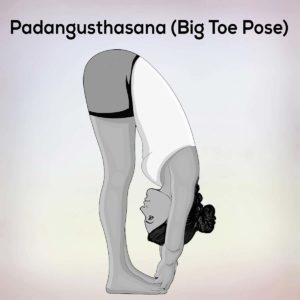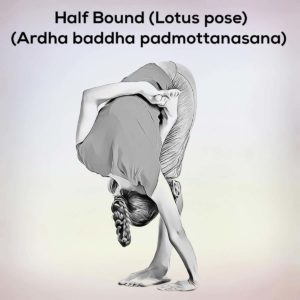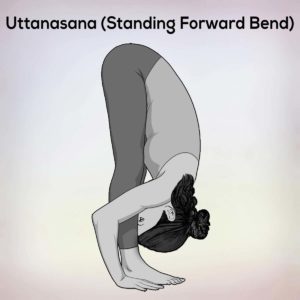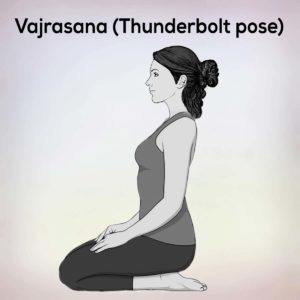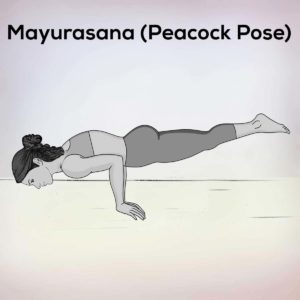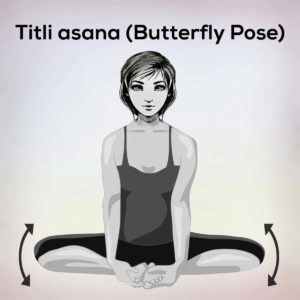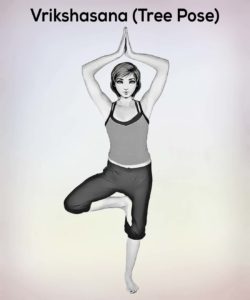Pindasana (Embryo Pose): Steps, benefits, and precautions
The word Pindasana is made up of two words Pinda, meaning embryo or fetus and asana, meaning asana. It is an advanced sitting posture, in which your body creates a fetal pose in the womb.
This requires flexible hips, knees, and back and should only be practiced under the guidance of an experienced yoga teacher. When done regularly, this asana stretches and strengthens your spine and shoulders and improves digestive health.
If you also want to complete this asana, read on to know a step by step guide to do.
This article gives you the right way of Pindasana, the health benefits of Pindasana and the precautions to be taken while practicing it.

Let us know the steps to practice Embryo Pose and its various benefits.
1)- Pindasana (Embryo Pose) steps: The right way to do Embryo Pose
2)- Benefits of Pindasana (Embryo Pose)
3)- Precautions to take before doing Pindasana (Embryo Pose)
Pindasana (Embryo Pose) steps: The right way to do Pindasana
1)- Firstly, Lie on your back straight. Place your hands on the floor next to your body.
2)- Inhale and raise your feet, bring them into the Halasana or plow posture.
3)- Support your back with your hands; Your elbow should be touching the ground.
4)- Now inhale and then exhale twice to check if your body posture is stable.
5)- Next, bend your legs in Padmasana posture.
6)- Instead of the steps mentioned above, you can sit upright in dandasana posture, udharva padmasana and then lie down on your back.
7)- Wrap your hands around your feet and bring them to your face so that your face and your knees come close to each other.
8)- Keep your eyes on your nose or on your naval, whichever helps you maintain the final pose.
9)- You can remain in this pose for 60-90 seconds depending on your ability.
10)- After that, slowly bring your feet back. Initially, you can do this for a short time (30 seconds is enough), then gradually increase the time period.
Benefits of Pindasana (Embryo Pose)
Like every physical technique/asana of yoga, Pindasana combines physical, mental and spiritual aspects of the body and has many benefits. Some of them are described below:
- Relaxes the spine, especially the lumbar spine
- Improves digestive health
- Relaxes and stabilizes the mind and body
- Strengthens arms, shoulders and neck muscles
- Increases hip and knee flexibility
- Provides relief from stomach cramps and helps to strengthen abdominal muscles.
Precautions to take before doing Pindasana (Embryo Pose)
- Do not push yourself into this posture, give your body some time to adjust it.
- People who are affected by back pain, headache or high blood pressure should not perform this asana.
- Those who have injuries in knees, shoulders, neck or hips should not practice Pindasana.
Legal Disclaimer: Before participating in any exercise program or using any fitness products or services that may be described and/or made accessible in or through the Nexoye Website and/or the Services, you should consult with a physician or other healthcare provider.
